Mint essentially grows itself, and it is not as difficult to grow as it may seem. It is known for adding aromatic flavor to foods and beverages. Also, it has many health benefits, including easing headaches and aiding digestion.
Do you want to know if this plant grows back every year? We have consulted gardeners and experts within the field to give you the answer.
Mint plants typically grow back every year. Depending on how cold it gets where they are cultivated, they can lose all or most of their leaves when they go dormant in the winter.
The plant may appear dead, but the roots are typically still alive and will generally begin to generate new growth as the weather warms.
In this post, we’ll discuss the reasons for mint's typical (but erratic) regrowth and the factors that influence it. We’ll also offer some ideas of growing mint to make them come back year after year. So keep on reading!

What Kind Of Plant Is Mint?
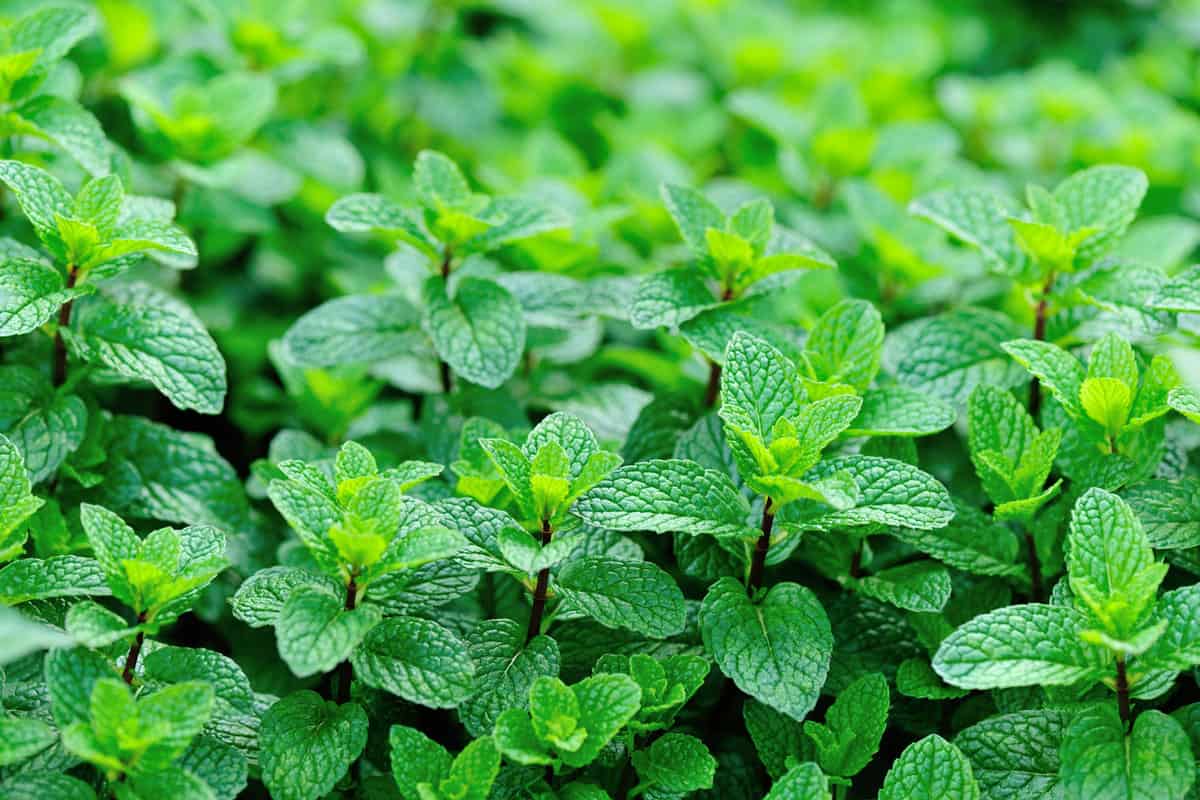
In the Mentha genus, mint is a fast-growing, flavorful herbal plant with tiny purple, pink, or white flowers and fragrant, toothed leaves.
Mint comes in various shapes and colors, all of which are fragrant. It can be fuzzy or shiny, crinkled or smooth, variegated or bright green.
However, its square stem can always identify a mint family member. You smell a strong scent while rubbing it between your fingers and may be reminded of candy, mint juleps, or even sweet teas.
In addition to kitchen companions, mints are used as herbal medicines, air fresheners, ground covers, and garden accents.
They are aesthetically pleasing and helpful, easy to grow, spread quickly, and thrive in sunlight and shade across North America.
Does Mint Grow Back Every Year?
Mint is a perennial plant that can grow and endure for many years. It often goes dormant or dies back in the winter in most places before sprouting from the ground in the spring.
When mint is planted in the ground, it has a lifespan of 5-10 years. Potted mint plants can also live for more than five years.
If you reside in a warm region without any frost, you might not notice much of a difference in your plant's behavior throughout the winter other than the fact that it might grow more slowly than it does during the summer.
However, in places experiencing winter, the plant will wither away, lose most of its leaves, and appear entirely dried up.
Although this can be concerning and make it appear as though the plant is dead, it's likely that the roots are alive and will allow many new stems to grow as the temperature rises.
Various factors can prevent mint plants from regrowth. For instance, a young, little mint plant planted immediately before the winter may not survive because it is not yet very well-established.
Thus, planting your mint in the spring will enhance the chances that it will survive the winter.
There is also a strong probability that your mint will regrow each year if you have taken good care of it and any other problems don't afflict it.
How To Take Care Of Mint Plant So It Comes Every Year
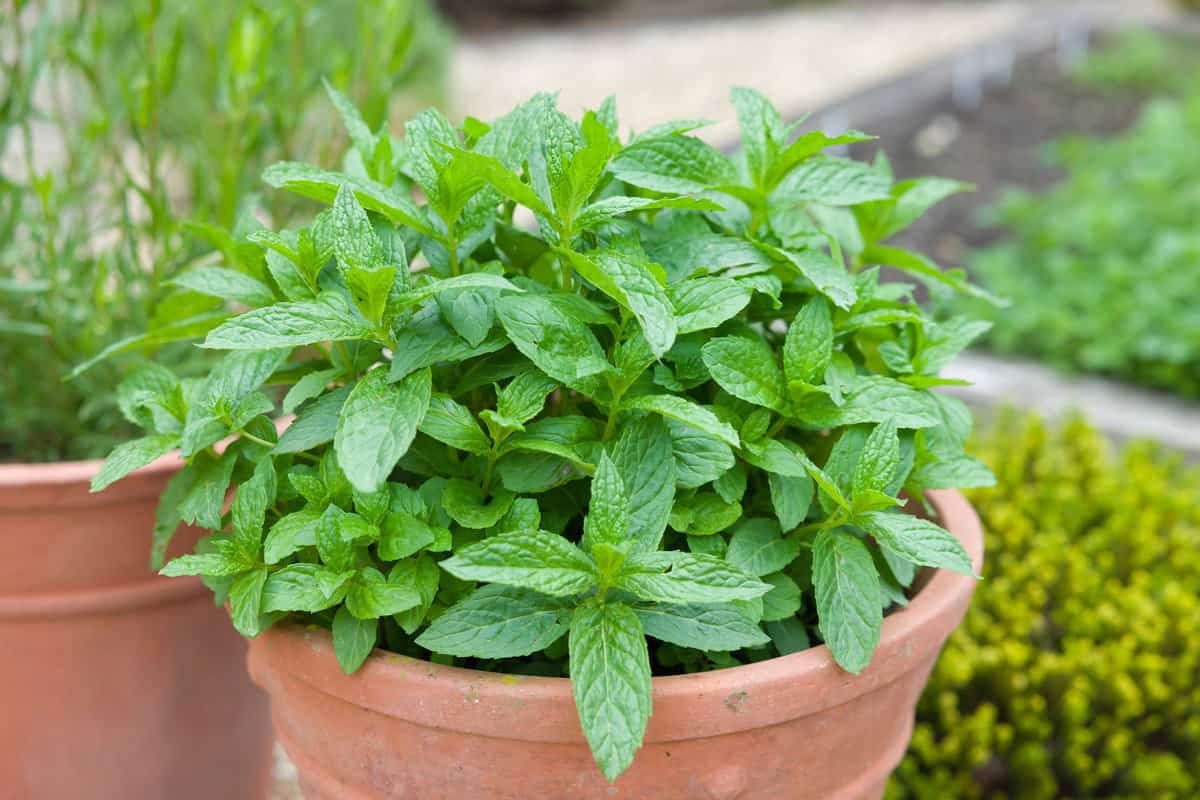
Minimal maintenance is needed to keep the mint alive. But for this plant to grow back abundantly every year, you must first meet its basic requirements, which include the following:
Soil
In healthy soil, plant your mint. Loamy, moist, well-drained, and aerated soil is ideal for mint. It grows well in soft ground that is rich in organic nutrients.
The pH range of 6.0 to 7.0 is ideal for mint. Add a little mulch to the soil surface to keep it moist. However, mulching stops the spread of mint plants.
Therefore, if you want your mint to spread over your garden, it would be best to stay away from it.
Sunlight
Planting mint in a sunny place will help to guarantee that it receives enough sunshine.
For instance, mint will grow well if planted in an area of the garden that receives around five hours of direct sunlight daily. Place the potted near a window that receives plenty of sunlight if you're growing mint indoors.
Water
Water your dormant mint if you want it to grow again after the winter. Perhaps the only maintenance required for mint is regular watering. The plant should ideally be watered and maintained at a constant moisture level in the soil.
Temperature
Most mint plants thrive at 50–77°F temperature. While peppermint can withstand cooler temperatures, species like spearmint can endure greater temperatures.
Spacing
Mint is a confident plant. It swiftly increases and disperses. This plant needs space to thrive. In a crowded area where it is vying for nutrients and sunshine, mint won't grow as well as it could.
Because mint spreads easily, you only need one or two plants. Set them apart by about two feet if you plant a lot.
Pruning
The more you prune the mint plant, the more it grows and delays blossoming. Thus it should be pruned frequently.
To speed up development and new shoots, it is advisable to perform vigorous pruning shortly before blooming at the beginning of summer.
Companion Planting
If you want to plant something else with the mint plant, it is better to grow mint near tomatoes, kale, cabbage, carrots, radishes, and onions to ward off pests.
How To Keep Mint Plants So They Survive Winter
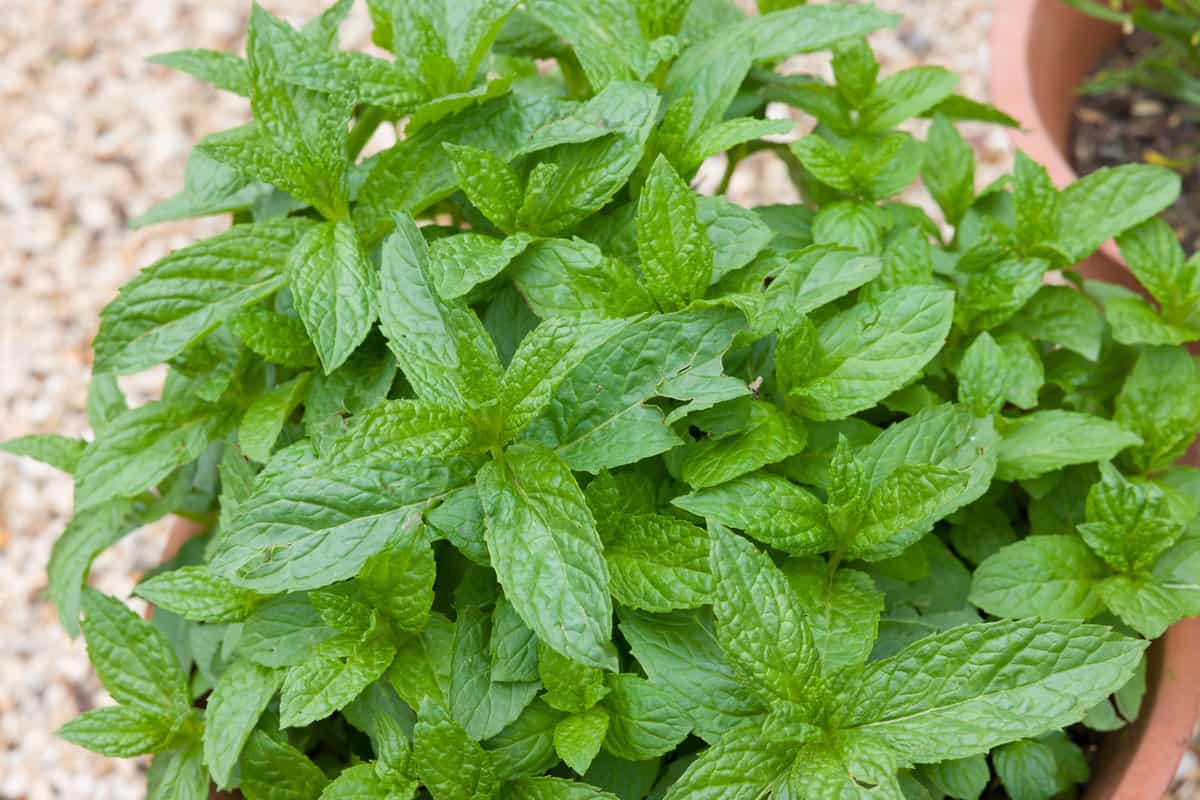
To help your mint survive a harsh winter and reappear in the spring, below are some great tips that are easy to do but incredibly powerful.
Plant Your Mint After The Last Frost In The Spring
The most crucial factor for your plant to survive cold weather is its root system, so planting your mint in the spring gives it time to develop.
It is still highly vulnerable when it is just a seedling or a small plant, so you must ensure there isn't any chance of frost before you plant it.
Provide Your Mint Plenty Of Sunlight And Soil Rich In Nutrients
Successful mint cultivation depends on the right growing conditions. It has a better chance of surviving the winter with better growing conditions.
For mint to grow best, full sun or some shade is recommended. Mint grows best in nutrient-rich, well-drained soil with a lot of organic matter.
Use A Pot With A Minimum Depth And Width Of 12 Inches
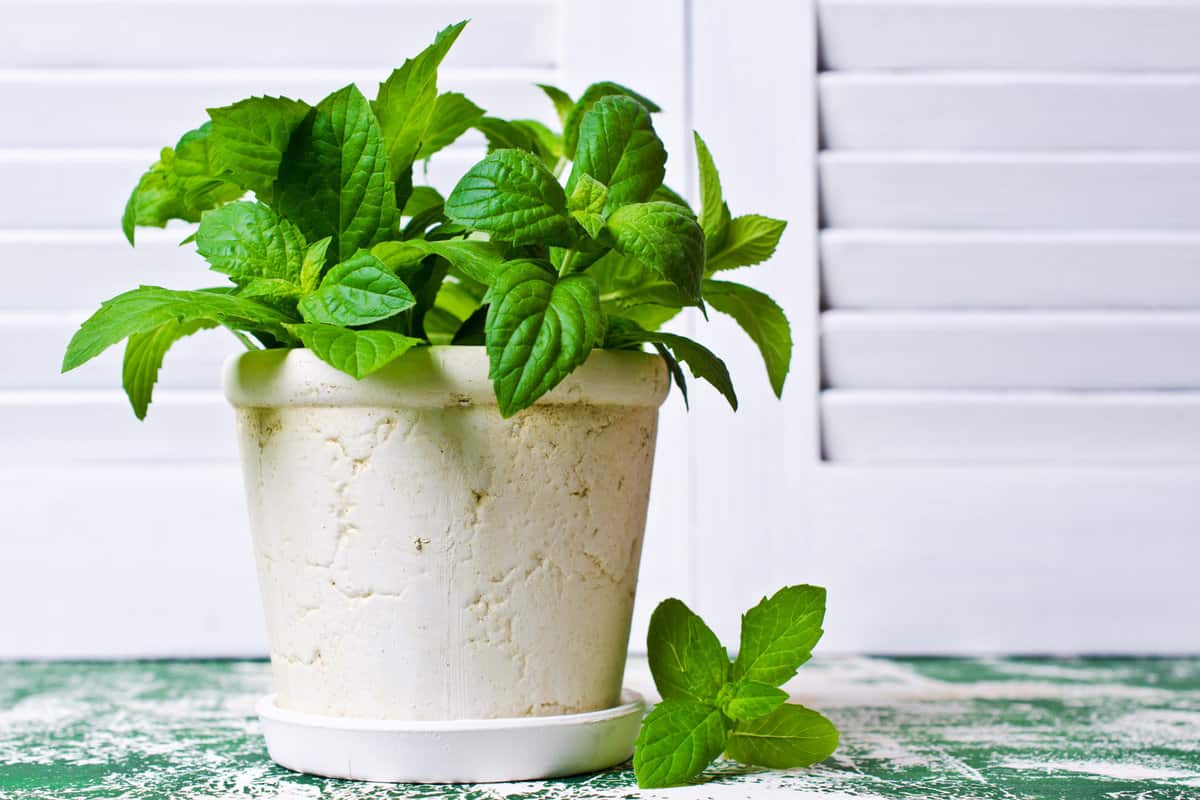
A mint plant will start to spread quickly once it has established itself well in its original location. Mint can soon encroach on areas of your garden that you did not intend it to be in if you are not careful.
Because of this, it is advise growing your mint in a pot rather than in the ground.
Remove Any Dead Growth Immediately After Noticing It
You will probably notice that your mint's leaves eventually turn yellow and brown, die, and become dry at some point. To lower the risk of pests and diseases, it is wise to remove these leaves as soon as possible.
Protect Your Mint Plants In The Winter By Using A Plant Cover
Plant covers are excellent at preventing many pests from getting near your plants. But some are also excellent at keeping your plants warm during the winter.


See this plant cover on Amazon.
Using a plant cover may not prevent your mint plant from losing leaves and dying back in the winter, but it will keep the roots warmer than they would be otherwise, increasing the chances that they will survive until the spring, when new growth usually starts to appear.
Keep The Potted Mint Close To The House So It Stays Warmer
The heat produced by most homes can help keep your mint plant or at the very least its roots, warm enough to endure the winter.
Bottom-Water Your Potted Mint Plant To Encourage Root Development
Saturating your plant's roots from the bottom up. More precisely, it occurs when you pour the water onto the plate that sits beneath the pot instead of directly on top of the soil.
When using this technique, the soil and roots absorb water from the plate, which prompts the roots to grow a little faster than usual to get to the water at the bottom of the pot.
How To Harvest A Mini Mint Plant
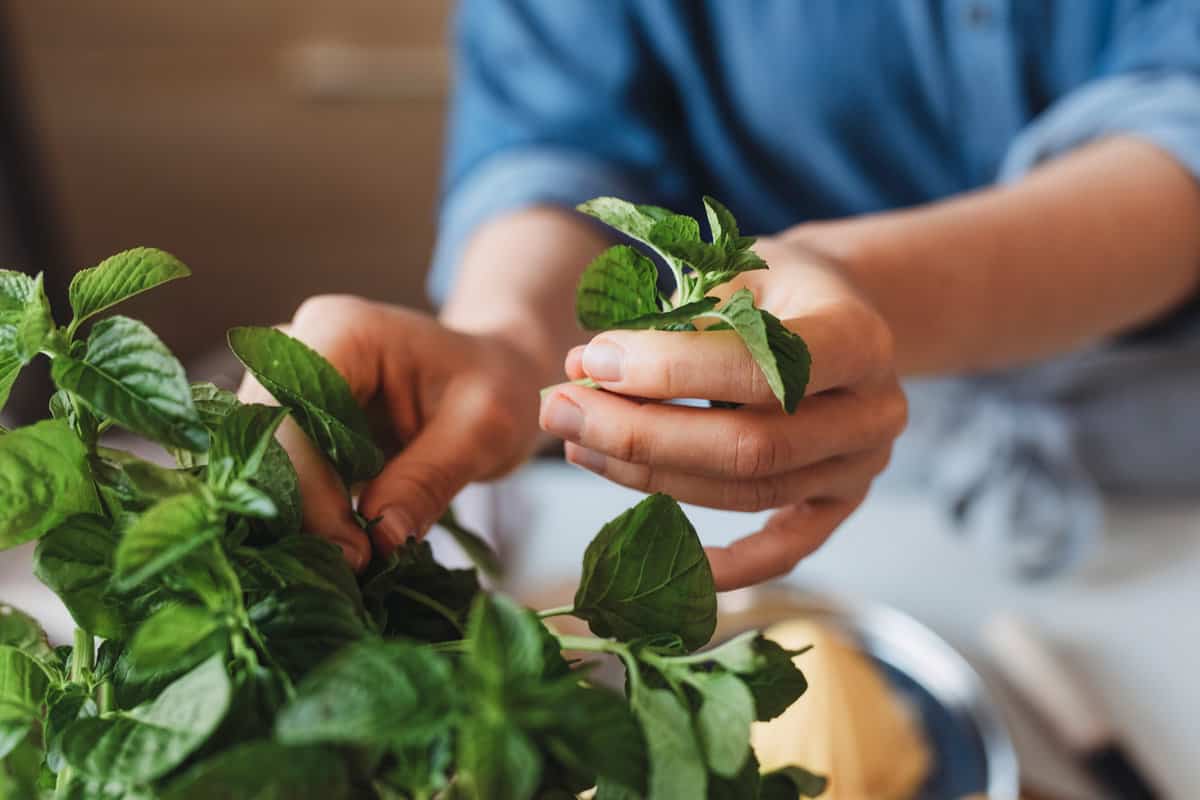
The secret to maintaining mint plants at their best is frequent harvesting. Mint is a springtime plant that can be harvested as soon as it sprouts because young leaves have a better flavor than older ones.
You can air dry or freeze bunches of mint leaves. Although fresh is preferred, sprigs can be kept in water for a few days. Cut the stems from the ground by 1 inch just before they bloom.
The leaves can also be picked as much as you need. Moreover, these plants can be grown indoors for year-round access to fresh leaves.
Cutting the leaves just before flowering is best if you want to dry them. The dried leaves should be kept in an airtight container.
To Finish
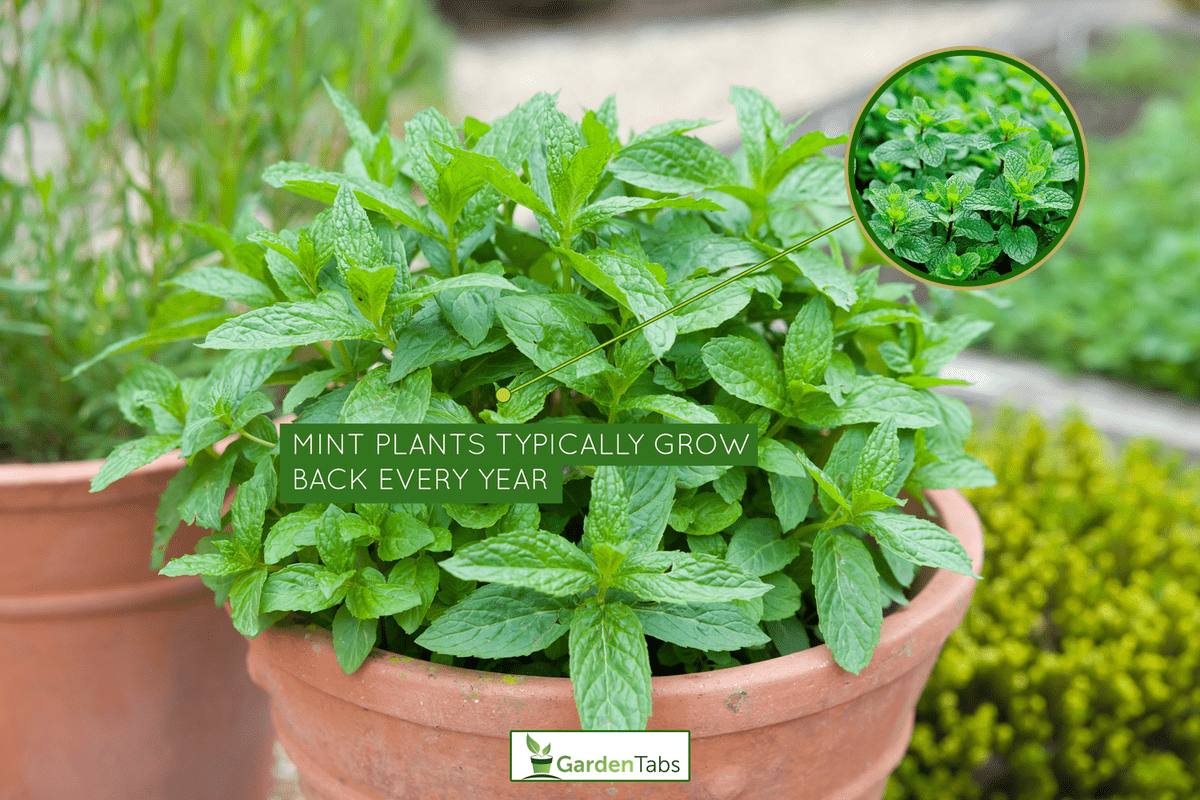
One of the simplest perennial herbs to grow is mint, especially when it's done outside your garden. Mint plants regenerate with little effort as they go through their natural processes.
However, a few simple procedures mentioned above must be followed to guarantee that your mint constantly grows yearly. Enjoy growing the mint, and make sure you have plenty of space.
Made it to the end? Check out these related articles below:
